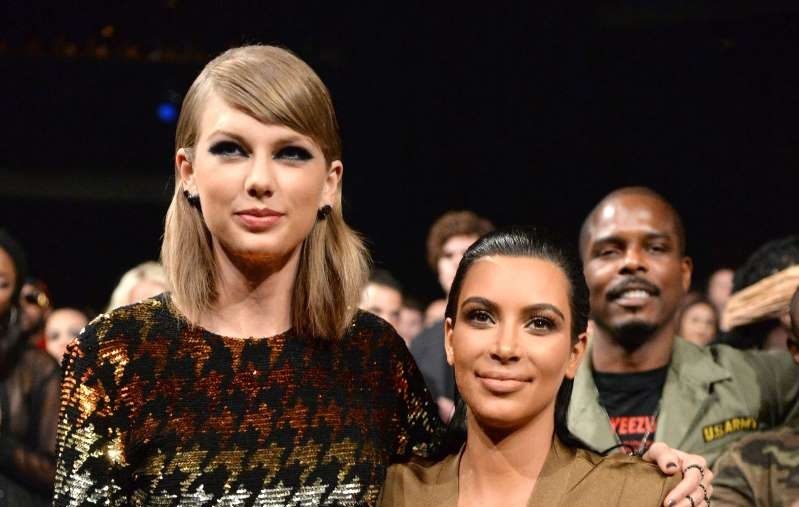
On top of preventing disease, increasing physical fitness, improving mental health, boosting the immune system and bettering sleep, new research is adding to the already extensive list of health benefits your local park provides. A study, published in the International Journal of Hygiene and Environmental Health, has found that living near urban green areas is linked to a lowered risk of breast cancer.
Researchers analysed the surrounding environment of 1129 women with breast cancer and 1619 without breast cancer, as well as factors like lifestyle, age, socioeconomic status and education of participants. They found that while living close to green spaces like parks and gardens was linked to a reduced risk of breast cancer, living near agricultural areas was associated with an increased risk of breast cancer. This suggests that how the green space is used is significant.
“Other studies have shown that the mechanisms that might explain the health benefits of green spaces include higher levels of physical activity in the population and a reduction in air pollution, an environmental hazard clearly linked to the onset of cancer. However, we did not observe these associations,” study coordinator Mark Nieuwenhuijsen said. “We believe that other mechanisms – including lower levels of stress among people living close to green spaces – could play a role.”
Another factor to consider next time you’re house hunting…





